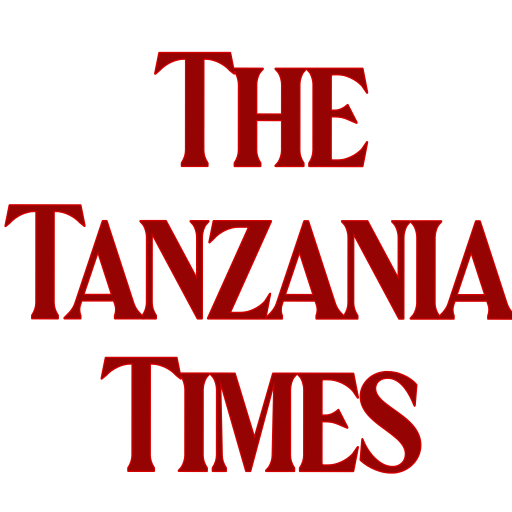Bank of Tanzania Revises GDP Growth as other Central Banks in East Africa tighten grips to contain Inflation
For some reason the Central Bank of Tanzania is revising its 2022 Gross Domestic Product Growth, upping the figure from the previous 4.7 Percent to the latest adjustment of 5 Percent GDP Growth.
Now, the Bank of Tanzania (BOT) claims that the country’s Gross Domestic Product (GDP) grew faster than anticipated in the year 2022 and set to perform even better as the country moves into the second half of 2023.
The GDP growth, according to the Monetary Policy Committee grew at 5 Percent, from the previous estimates of 4.7 Percent.
As far as the Central Bank is concerned, the BoT will continue implementing a less accommodative monetary policy between March and April 2023.
This is being done in order to support growth of money supply and tame inflation.
BoT and other Central Banks in East Africa have recently tightened their policies to address inflationary pressures.
Inflation was also among the agendas during the recent ordinary meeting of the East African Community (EAC) Monetary Affairs Committee in Burundi.
Chaired by the Governor of the Bank of the Republic of Burundi, Dieudonné Murengerantwari who is also the current Chairperson of MAC, it was the first physical meeting since 2019.
The 2020, 2021 and 2022 meetings were held virtually due to COVID-19 restrictions.
The Meeting was attended by Governor of the Central Bank of Kenya; Dr Patrick Njoroge, Governor of the National Bank of Rwanda; John Rwangombwa, Governor of the Bank of South Sudan; Johnny Ohisa Damian, Governor of the Bank of Tanzania; Emmanuel Tutuba, and Executive Director, Research and Economic Analysis, Bank of Uganda Dr Adam Mugume.
The meeting was held against a backdrop of continued inflationary pressures, tightening financial conditions, vulnerabilities arising from the war in Ukraine, unfavorable weather conditions and other emerging risks.
They observed that Economic performance in the EAC region in 2022 remained strong, recording GDP growth of 4.5 percent.
Growth in the region is expected to improve supported by recovery in agriculture, continued strong performance of the services sector, and prudent monetary and fiscal policies.
Downside risks remain elevated due to weak global growth, tightening global financial conditions, protracted geopolitical tensions, climate change risks and volatile commodity prices.
The meeting reviewed the status of implementation of previously agreed actions towards the establishment of the East Africa Monetary Union (EAMU), reflecting on the progress made towards establishment of East African Monetary Union.
Central Banks in partner states are inching towards the establishment of key institutions of the East African Monetary Union, particularly the East African Monetary Institute (EAMI).
The Committee noted the revised timelines set out in the EAMU roadmap, with the new date of achieving the monetary union by 2031.
Therefore, the Committee reaffirmed their commitment to work together with the EAC Secretariat to fast-track implementation of activities in the revised EAMU roadmap.
Work however still needs to be done in the area of cross-border payment systems.
The officials agreed to continue rolling out interoperability initiatives at national level, enhancing the East African Payment System (EAPS), while engaging other stakeholders at continental level on further integration of cross-border payment systems.


